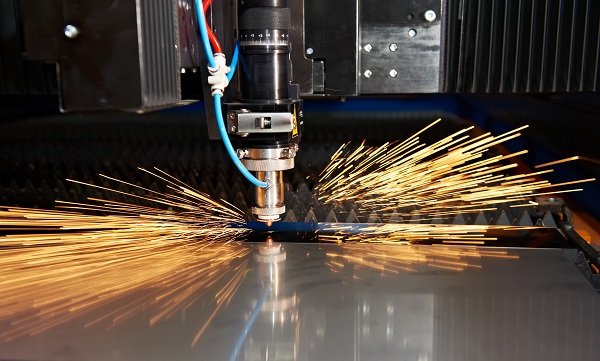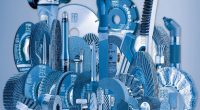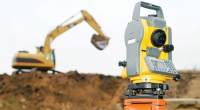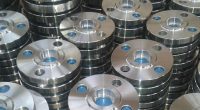Importance in Spotlight: Aluminium Laser Cut
Although metal cutting operations usually involve manual or mechanical processes, an aluminium laser cut can also be an effective, practical and cost-effective option for metal fabrication. The equipment for laser cutting is different from other cutting machines in terms of both application and design. For instance, laser cutters do not have a direct contact with the material, they have tighter cutting tolerance, rely on high-energy power sources and are generally automated to maximize their precision.
Laser cutting is a more accurate and more efficient process of cutting metal, glass, wood, plastics, textiles and other hard surfaces than mechanical cutting. This process involves a high-powered laser to cut materials according to highly accurate specifications that are set in a controlling software of the laser cutting machine. The software of these machines converts the digital settings and administers the laser to provide a clean and accurate cut. The laser cuts by burning, melting or vaporizing away the material to leave a sharp edge. The laser beam of light is easy to control with lenses and mirrors and it basically works as light.

There are two types of lasers that are used in material cutting.
C02 is the most commonly used laser today with the laser medium being a mix of gases (He, N2, CO2). These lasers with a power that ranges between 500W-3000W are usually used for cutting stainless steel, mild steel and aluminium along with materials such as plastics and wood.
Nd:YAG is a solid state laser. This means that the laser medium is a solid and does not consume any laser gases. These lasers have lower powers that range from 100W-500W and are commonly used for welding and marking more frequently.
Cutting aluminium with CO2 lasers is difficult due to the high reflectivity as well as the high thermal conductivity of the metal. Anodised aluminium is easier to cut because of the enhanced laser light absorption in the thick surface layer of aluminium oxide. Furthermore, it is also easier to cut aluminium alloys rather than pure aluminium. However, a high power laser, preferably one over 2kW and a good laser mode can significantly improve the aluminium laser cut process.
You should consider laser cutting for your custom parts if:
You need precision, including surface and edge face quality;
You aim for the best possible product with a fast turnaround;
You are looking to create a new and highly innovative project;
You want to lower the risk of damaged parts as well as contamination of the final production.



